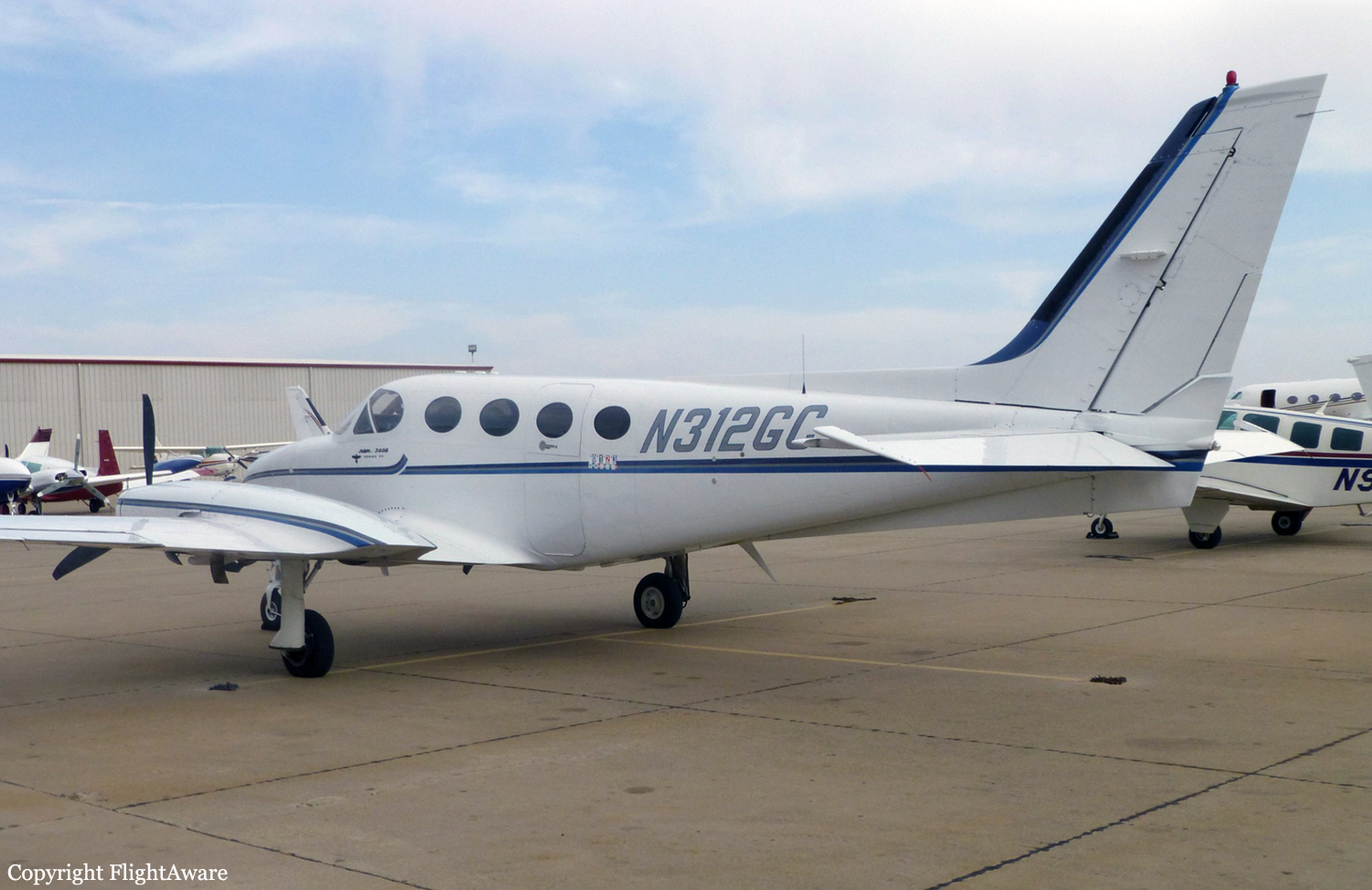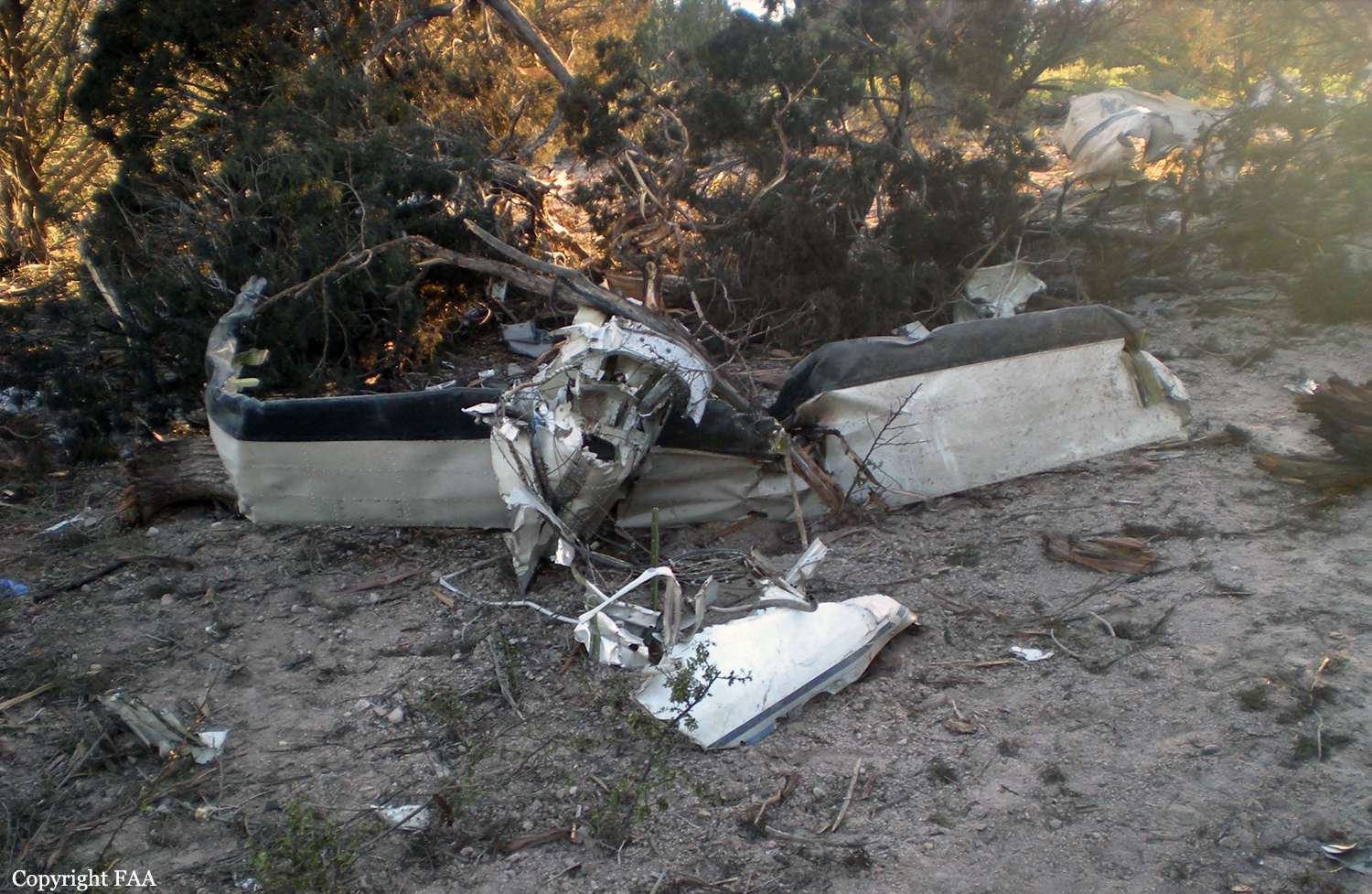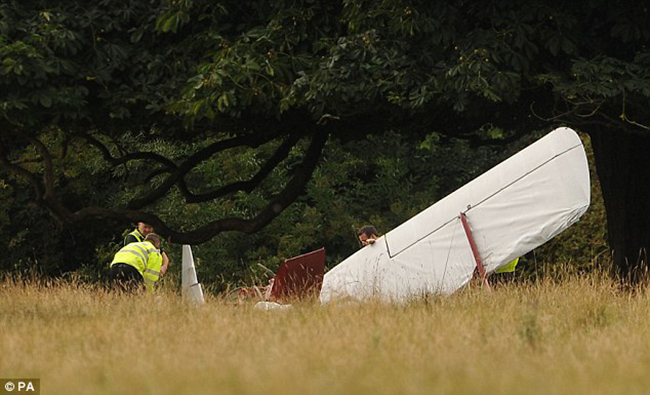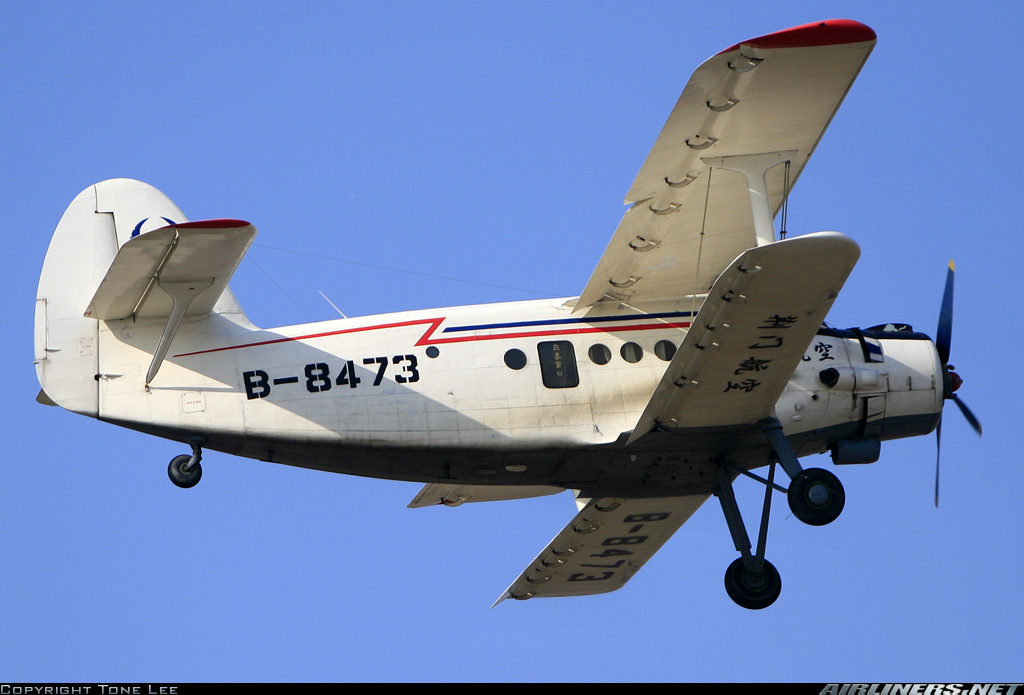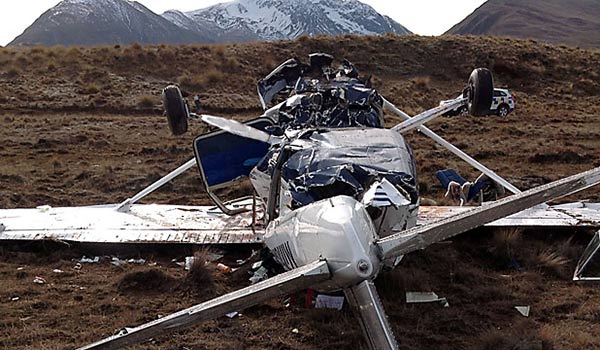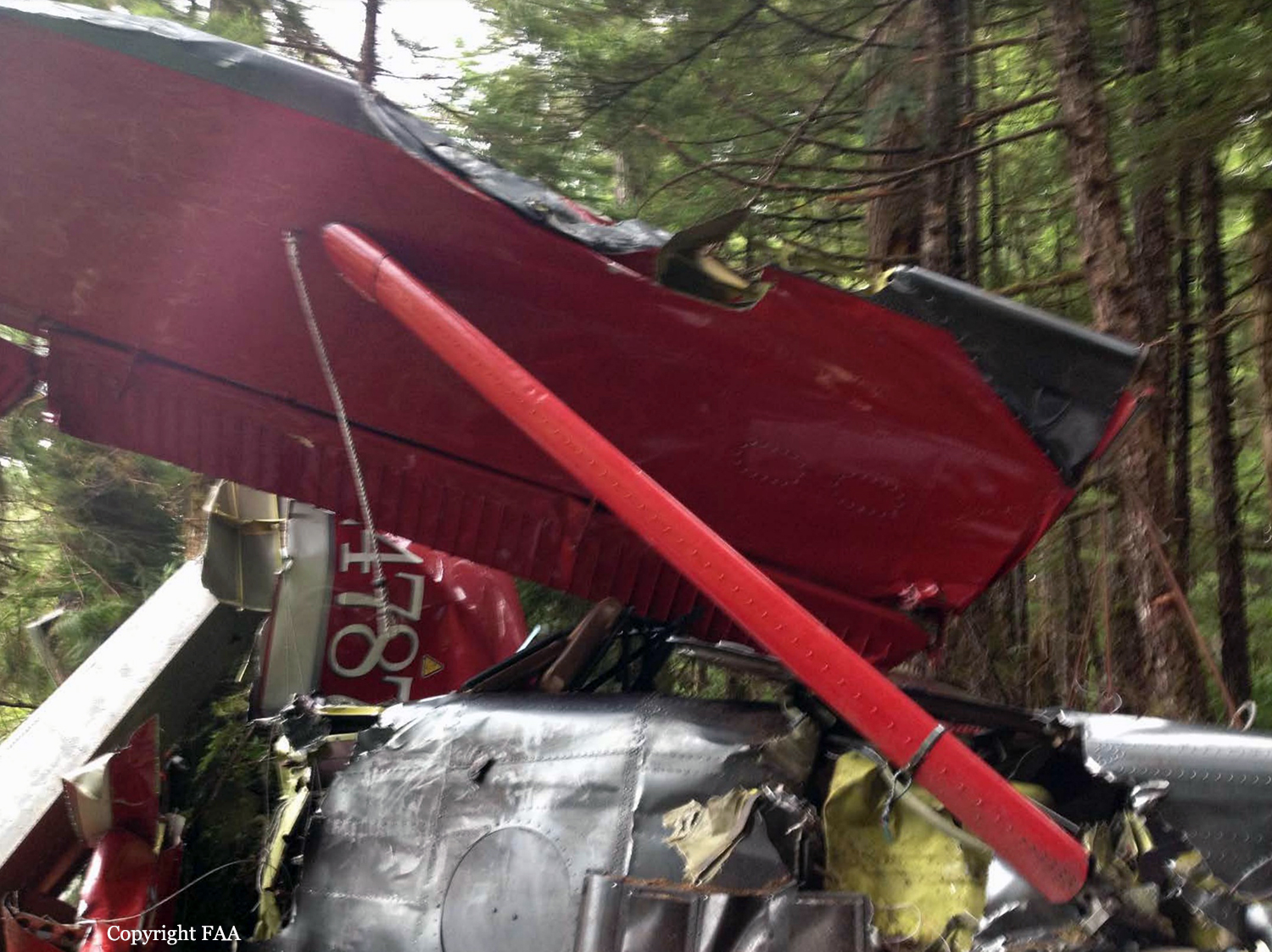Crash of a Cessna 340A in Paulden: 4 killed
Date & Time:
Oct 4, 2013 at 1300 LT
Registration:
N312GC
Survivors:
No
Schedule:
Bullhead City – Prescott
MSN:
340A-0023
YOM:
1975
Crew on board:
1
Crew fatalities:
Pax on board:
3
Pax fatalities:
Other fatalities:
Total fatalities:
4
Circumstances:
Witnesses located at a gun club reported observing the airplane make a high-speed, low pass from north to south over the club's buildings and then maneuver around for another low pass from east to west. During the second low pass, the airplane collided with a radio tower that was about 50 ft tall, and the right wing sheared off about 10 ft of the tower's top. The tower's base was triangular shaped, and each of its sides was about 2 ft long. One witness reported that the airplane remained in a straight-and-level attitude until impact with the tower. The airplane then rolled right to an almost inverted position and subsequently impacted trees and terrain about 700 ft southwest of the initial impact point. One witness reported that, about 3 to 4 years before the accident, the pilot, who was a client of the gun club, had "buzzed" over the club and had been told to never do so again. A postaccident examination of the engines and the airframe revealed no evidence of a mechanical malfunction or failure that would have precluded normal operation.
Probable cause:
The pilot's failure to maintain sufficient altitude to clear a radio tower while maneuvering at low altitude and his decision to make a high-speed, low pass over the gun club.
Final Report:
